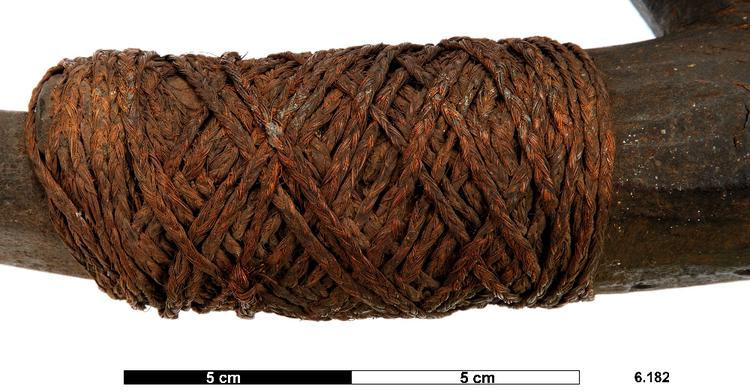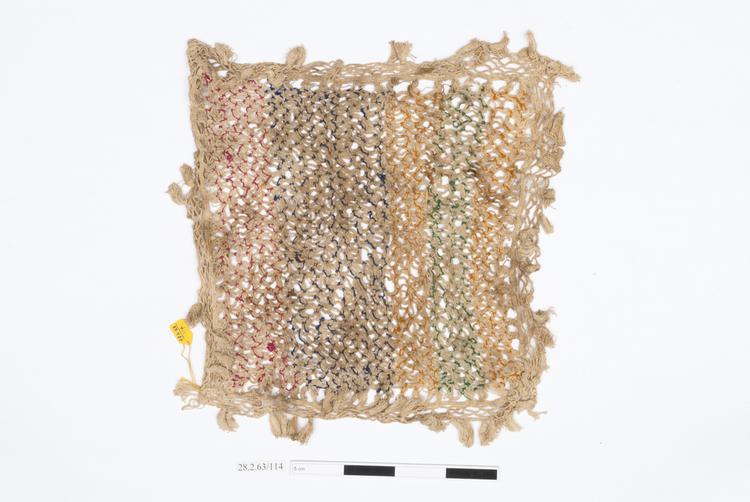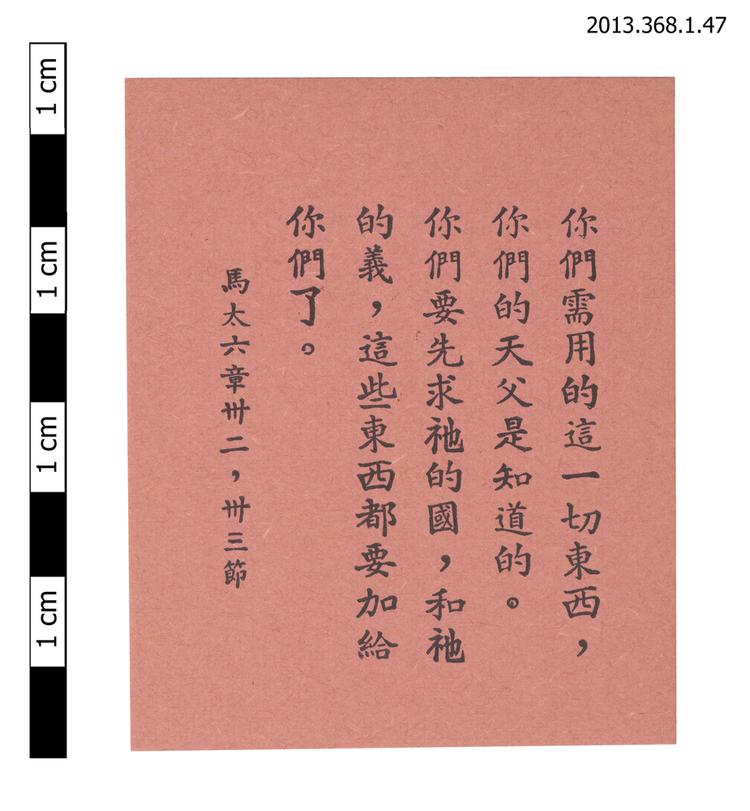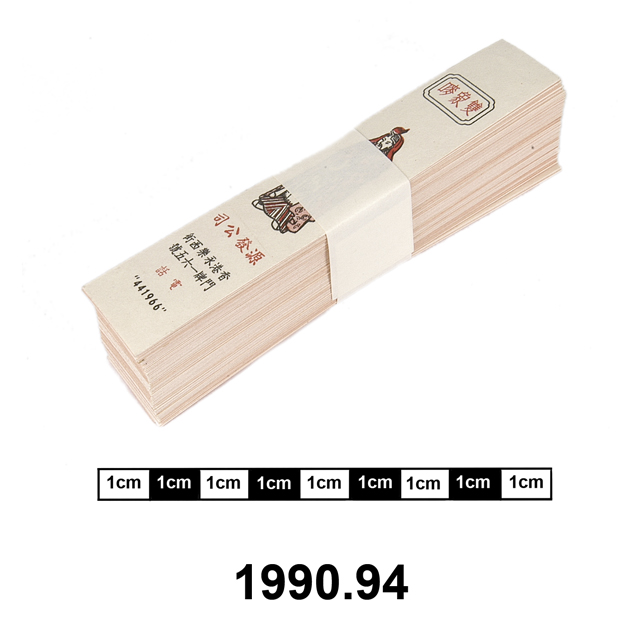
Complete adze-shaped nutcracker, with stone blade, wooden haft, and plant fibre fastening.
Elbow-hafted Heavy Adze, Matauvatu, Fiji, Western Polynesia. This is a particularly fine and well preserved example of a large Fijian woodworking adze (matauvatu). It is of the 'elbow-hafted' adze type used throughout Oceania, although the peoples of Australia and New Guinea generally used axes for their woodworking. Adzes differ from axes in two important ways. Firstly, the blade of an axe lies parallel to its handle, while an adze blade lies perpendicular to its handle. This means that the adze blade can be more easily fixed to its handle without creating a hole in either. The Oceanic elbow-hafted adze handle is a little marvel of ergonomic design, perfectly matching the shape of our bodies to our need to move the blade through space in a particular way. Setting the blade transversely also makes the adze easier to use accurately, because it presents the blades full width to the wood with each stroke. Furthermore, providing the cordage binding holding the blade to the haft doesn't break, each impact tightens the blade in the haft. While the blade of an axe is symmetrical in cross-section, adze blades have an asymmetrical cross-section, flatter on one face and more curved on the other. They are more like chisels than axes or knives, and are much better tools for gouging and planing than either. This Fijian adze is distinctive: its laboriously ground blade of slender oval section and long cylindrical profile focused the force of a substantial mass into a small area, and its curved blade avoids much of the chipping suffered by the square-sectioned types used further east. Basalt, hardwood, coconut fibre. Late 19th Century. Formerly in the private collection of Mr. William Oldman.































































































































































































































































































































































































































































































































